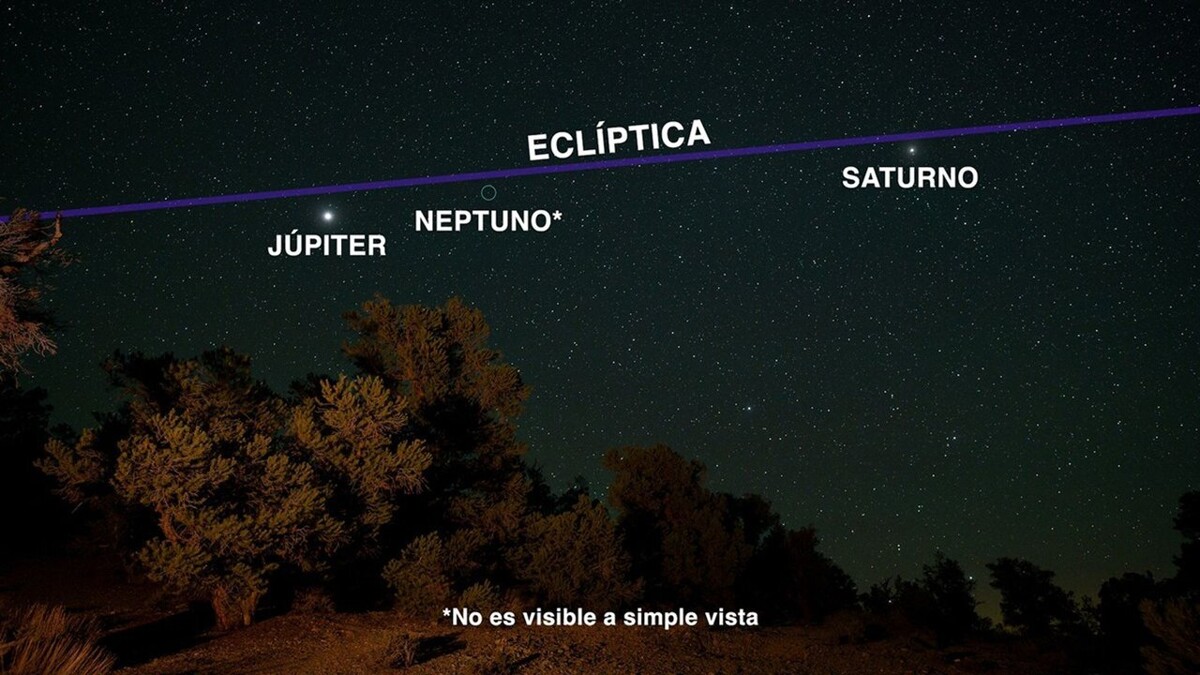
At the end of the month, Mercury will briefly join the planetary alignment, although its low position in the sky will complicate its observation. Planetary alignments offer a unique opportunity to contemplate the arrangement of planets in our solar system.
Uranus and Neptune, being farther from the Sun, are only visible through telescopes due to their faint brightness. Although planetary alignments are not rare phenomena, the possibility of observing four or five planets simultaneously with the naked eye occurs every few years. The planets line up along a line in the sky due to the ecliptic, the plane in which they orbit around the Sun.
This arrangement occasionally allows planets to align visibly from Earth, creating astronomical spectacles that attract the attention of observers. The visibility of the planets during alignment depends on their height above the horizon, and factors such as light pollution and weather conditions can influence the quality of the observation.
The five planets visible to the naked eye are Mercury, Venus, Mars, Jupiter, and Saturn. However, the alignment will conclude in mid-February when Saturn approaches the horizon and its visibility is reduced. These planetary configurations can be appreciated for several weeks, depending on the movement of the stars.
In the early months of 2025, a planetary alignment will allow the observation of four planets after sunset. To be visible to the naked eye, they must be at least 10 degrees above the horizon to avoid atmospheric distortion that hinders their detection. These planets, known as "wandering stars" since antiquity, move in the sky in contrast to the starry background.












